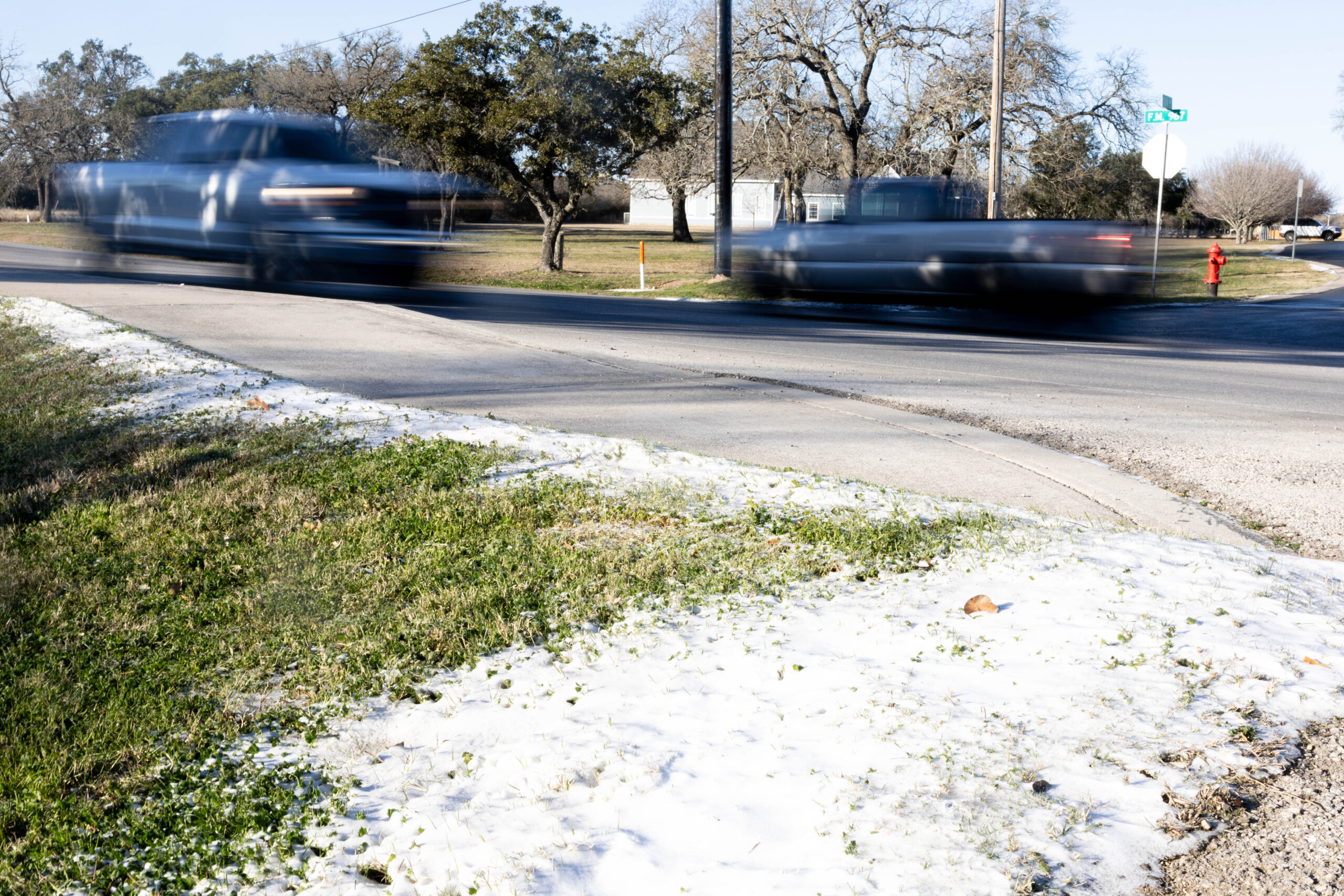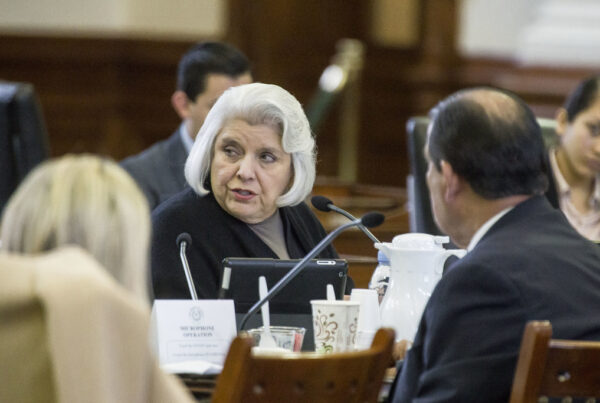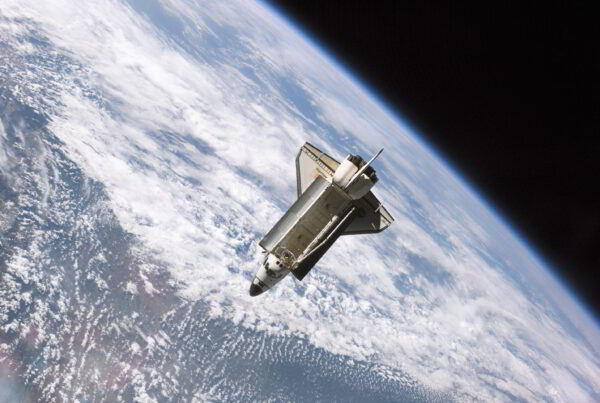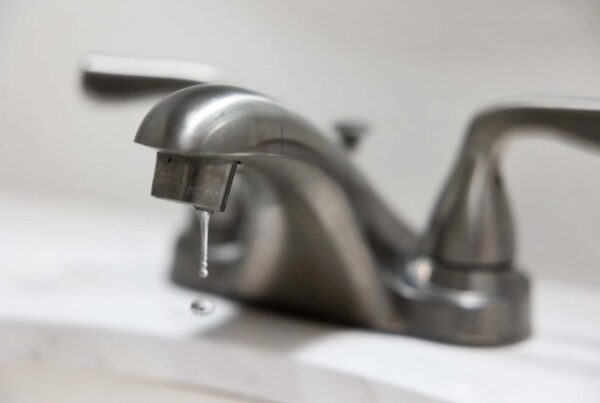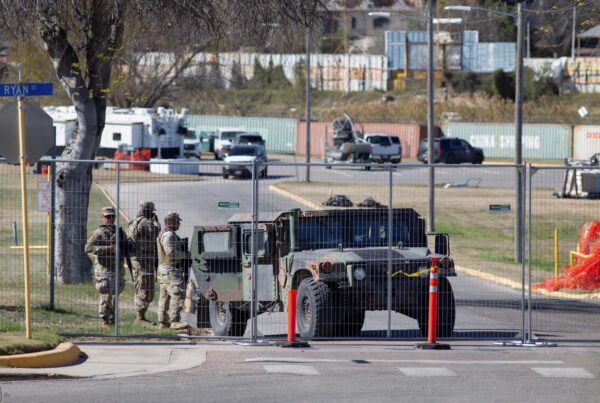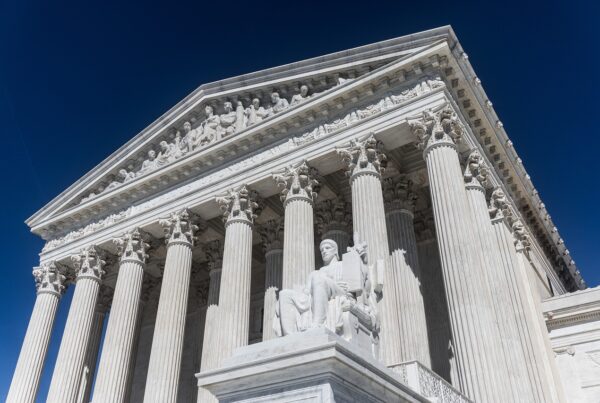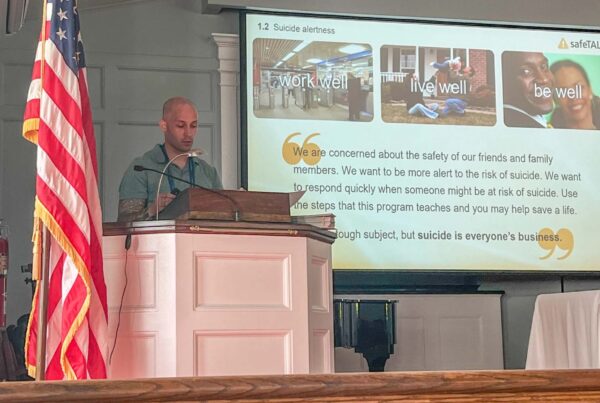It’s now day three of Texas’s unofficially-named arctic blast, with temperatures testing the lower limits of the mercury on many a back porch thermometer.
There’s been snow, school closures across many districts, and occasional frozen precipitation affecting overpasses as far south as San Antonio and Houston. Despite the concerns of many Texans, the power grid has held up.
This weather event has not been without its challenges, but a warm up is on the horizon.
Melissa Huffman is the meteorologist-in-charge at the National Weather Service’s Southern Regional Operations Center. She joined the Standard to tell us more about what to expect. Listen to the interview above or read the transcript below.
This transcript has been edited lightly for clarity:
Texas Standard: What should Texans be bracing themselves for over the next 12 to 24 hours?
Melissa Huffman: We’re entering the final push for the cold spell that is affecting almost the entire state of Texas right now. For portions across the northern half of the state, we’ll see another day with temperatures below freezing Wednesday, though a light at the end of the tunnel comes in. It looks like we rise above freezing temperatures across most of Texas.
We’ve been hearing a lot in the news of people referring to this as an “arctic blast,” which doesn’t seem inconsistent with what a lot of us are experiencing. Is there any science behind that terminology?
Absolutely.
When you hear the term “arctic blast” –whether you’re listening to radio, watching TV or hearing from the National Weather Service – we’re all talking about where this cold air came from this time of year. Our coldest air comes from northern Canada and parts of Alaska.
So, when we’re talking about an arctic blast, we’ll be talking about where that cold air came from, which is those really high latitudes up by the North Pole.
How unusual is it that we have experienced this arctic blast?
We typically get one to two of these cold outbreaks a year. With this one, temperatures are running about 20 to 30 degrees below normal for January.
For folks who are in the DFW area like I am, our temperatures in January typically have highs in the mid 50s and then lows in the 30s. So, we’re running about 20 to 30 degrees below that, which is certainly making a mark.
Let me ask you about how this is affecting different regions of Texas. Are there particular challenges in rural versus urban areas?
When we see temperatures this low, infrastructure becomes a big concern. That would be things like pipes in people’s homes. You’ve probably heard a lot of folks talking about dripping their faucet to keep pipes from bursting.
We’ve also had several rounds of winter weather. We had freezing rain across portions of DFW that ended up shutting down a few roadways, creating some hazardous travel and school closures. Throughout the day yesterday, we had a combination of freezing rain and drizzle from the Texas Hill Country all the way into the Houston Metro. That also led to some isolated transportation impacts as well.
When folks hear you saying that there’s a light at the end of the tunnel, how concerned are you that perhaps people might let their guard down just a bit?
I think it’s deceptive. When the sun comes out and temperatures are still cold, people think, “well, things aren’t freezing.” But keep in mind that we’re still having a lot of shadows blocking up areas that still have ice on them. It’s not really until the sun gets overhead that we can begin to see some of that really good melting we need for areas that still have lingering ice.
Coming into work this morning, I still had some bridges that were closed that I was attempting to cross, and I just couldn’t because they hadn’t gotten enough melting yet. Keep in mind, those below freezing temperatures are still going to create issues for pipes or any kind of sensitive plants, or anything that shouldn’t be outside when the temperatures are in the teens and 20s.
As we head into tomorrow, that’s when we can see that improvement. But those transportation impacts are still going to exist today, even though you may be seeing sun in parts of the state.
As things start to warm up on Wednesday, are we out of the woods? Or are we talking about another plunge in temperatures as the week progresses?
You’ll begin hearing about another round of arctic air returning on Thursday night into portions of the state. Now, it doesn’t look to be anywhere as cold as what we saw these past few days. But it is still going to be cold, and you still may need to re-cover those plants and sensitive vegetation.
It looks like we may see temperatures about ten degrees warmer than what we saw the past few days. That’s temperatures generally in the 20s for folks in the DFW metroplex. So, it’s still cold and still below freezing. That will still result in issues, particularly if any pipes or plants were weakened from this outbreak that we’re dealing with right now.


